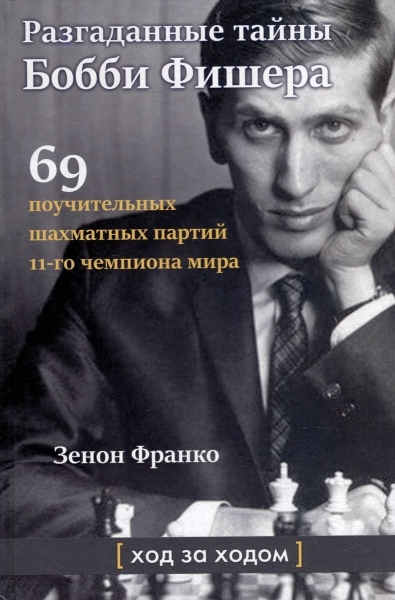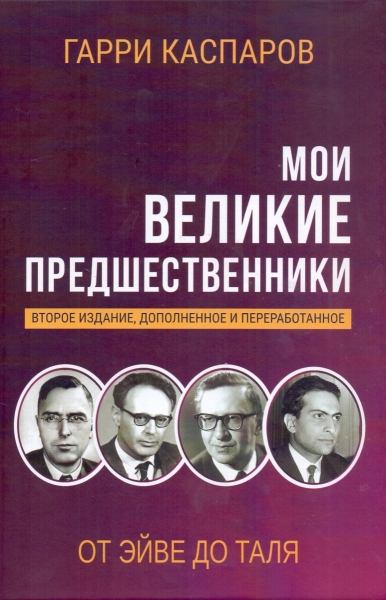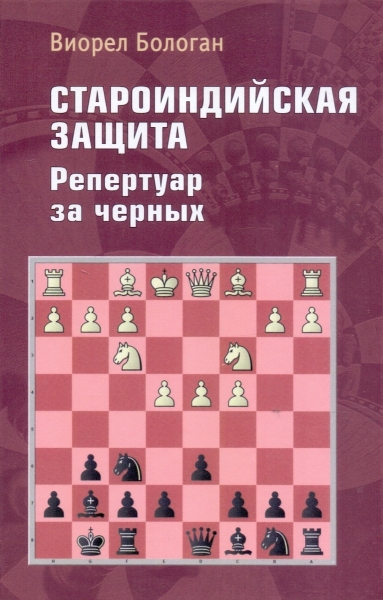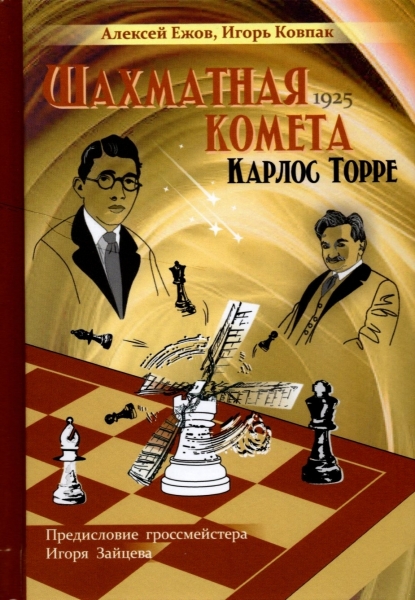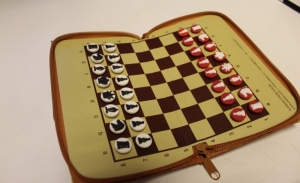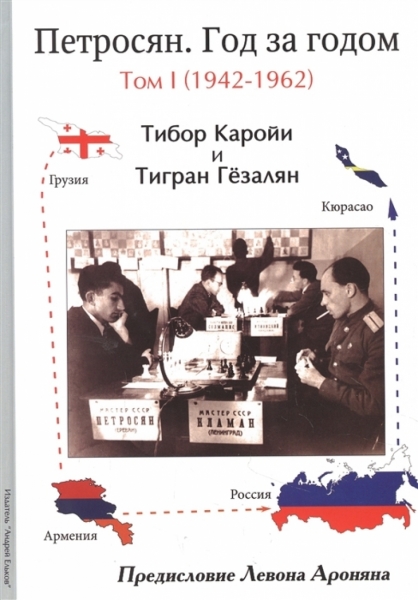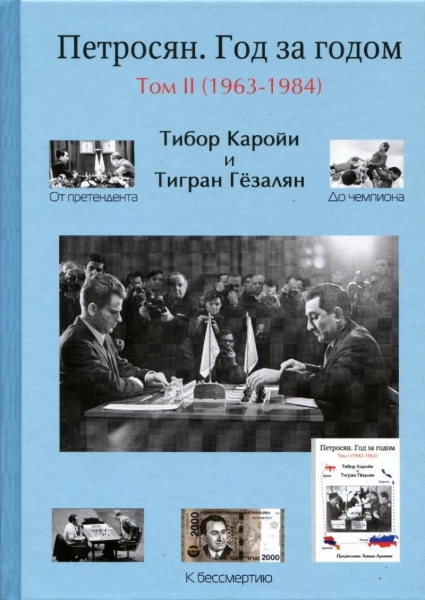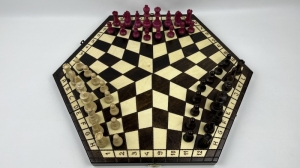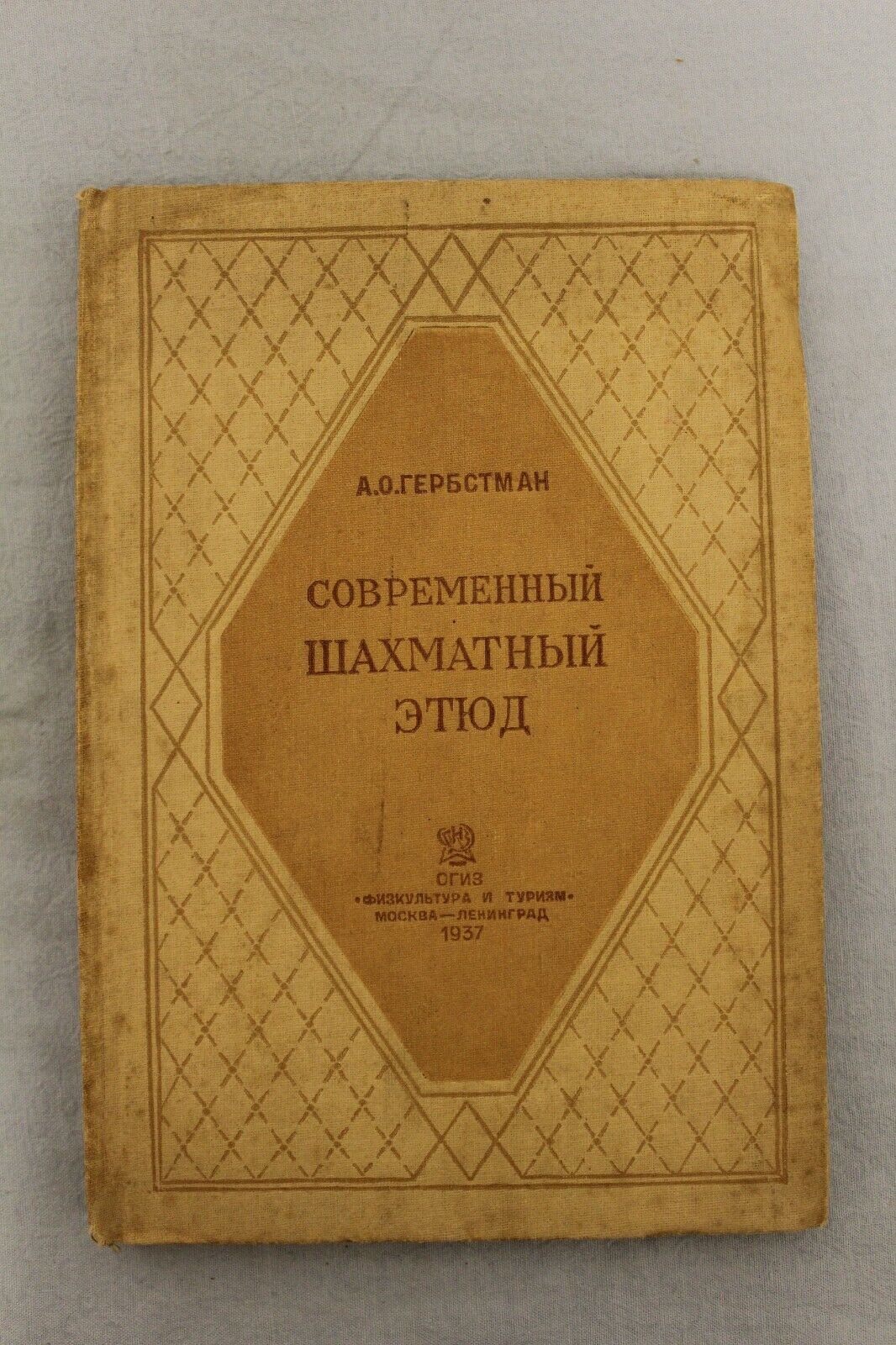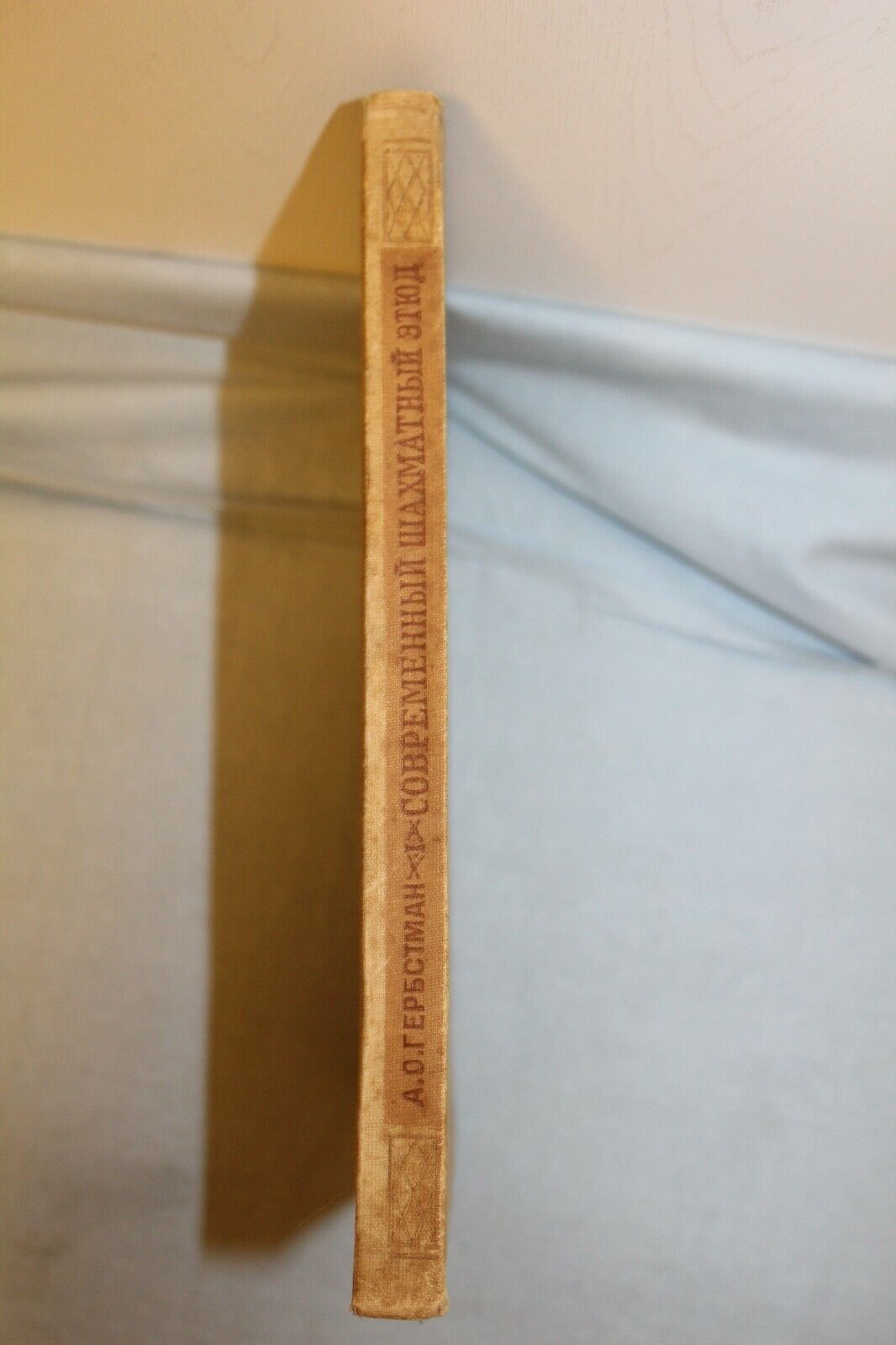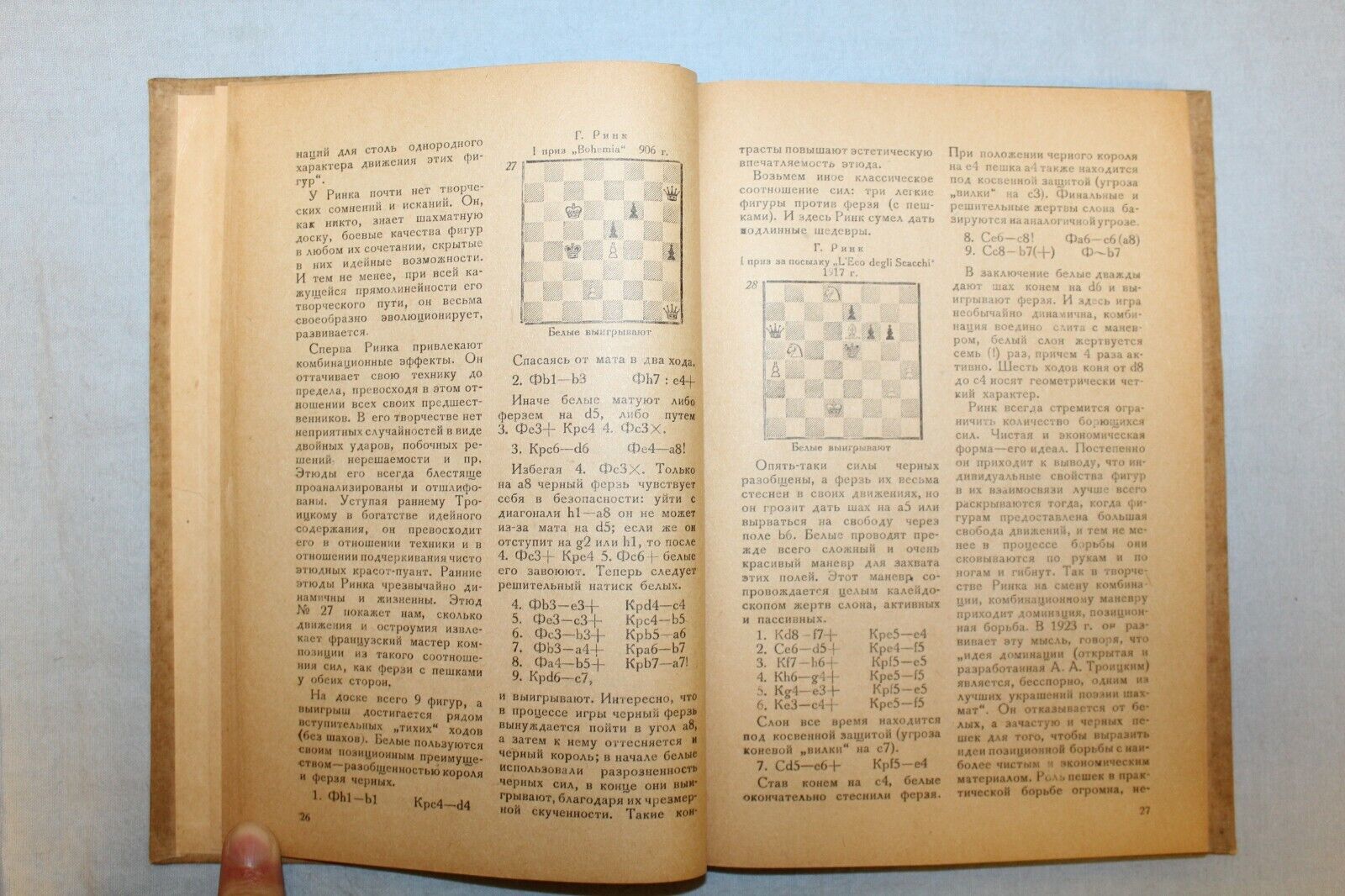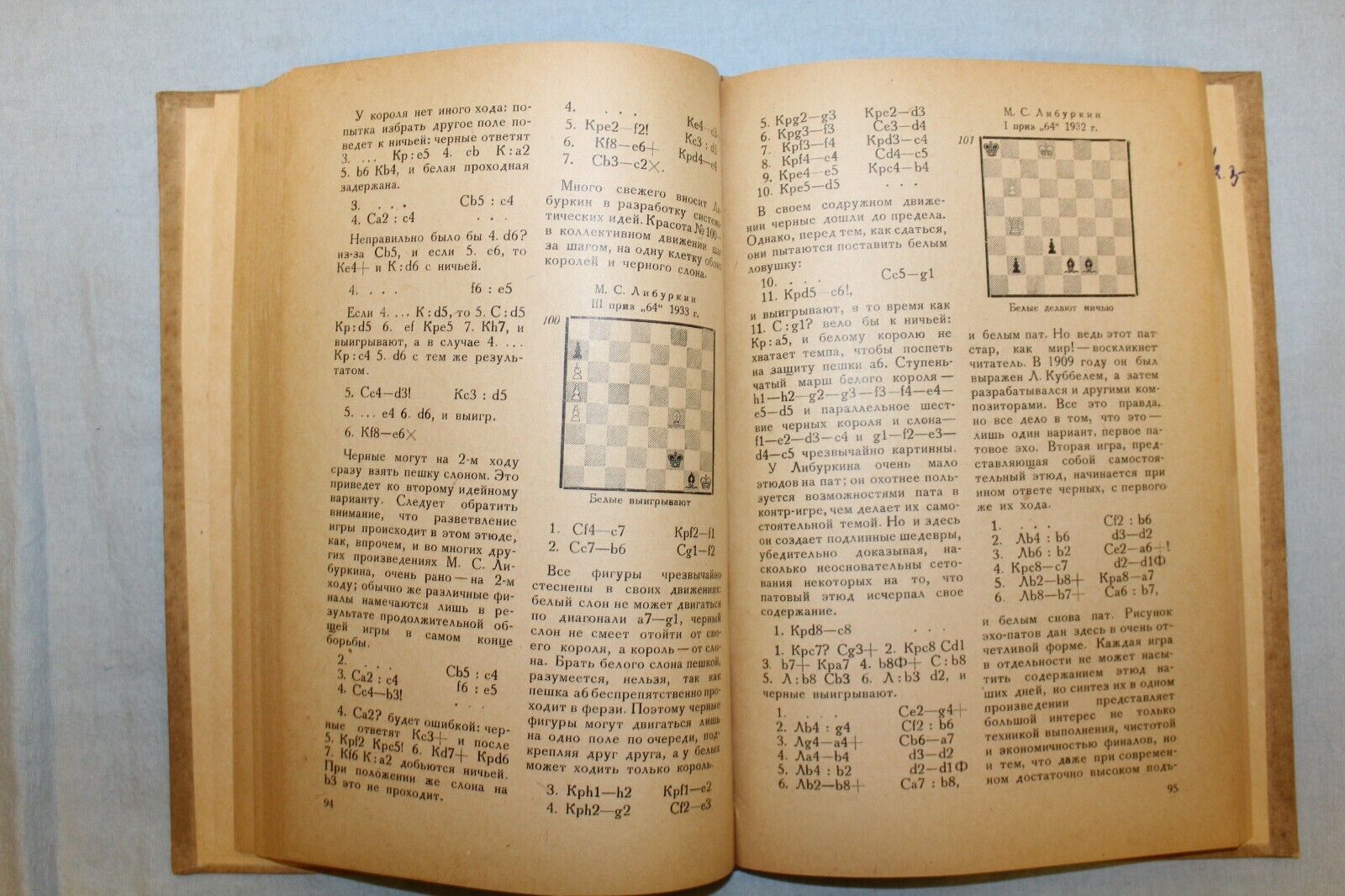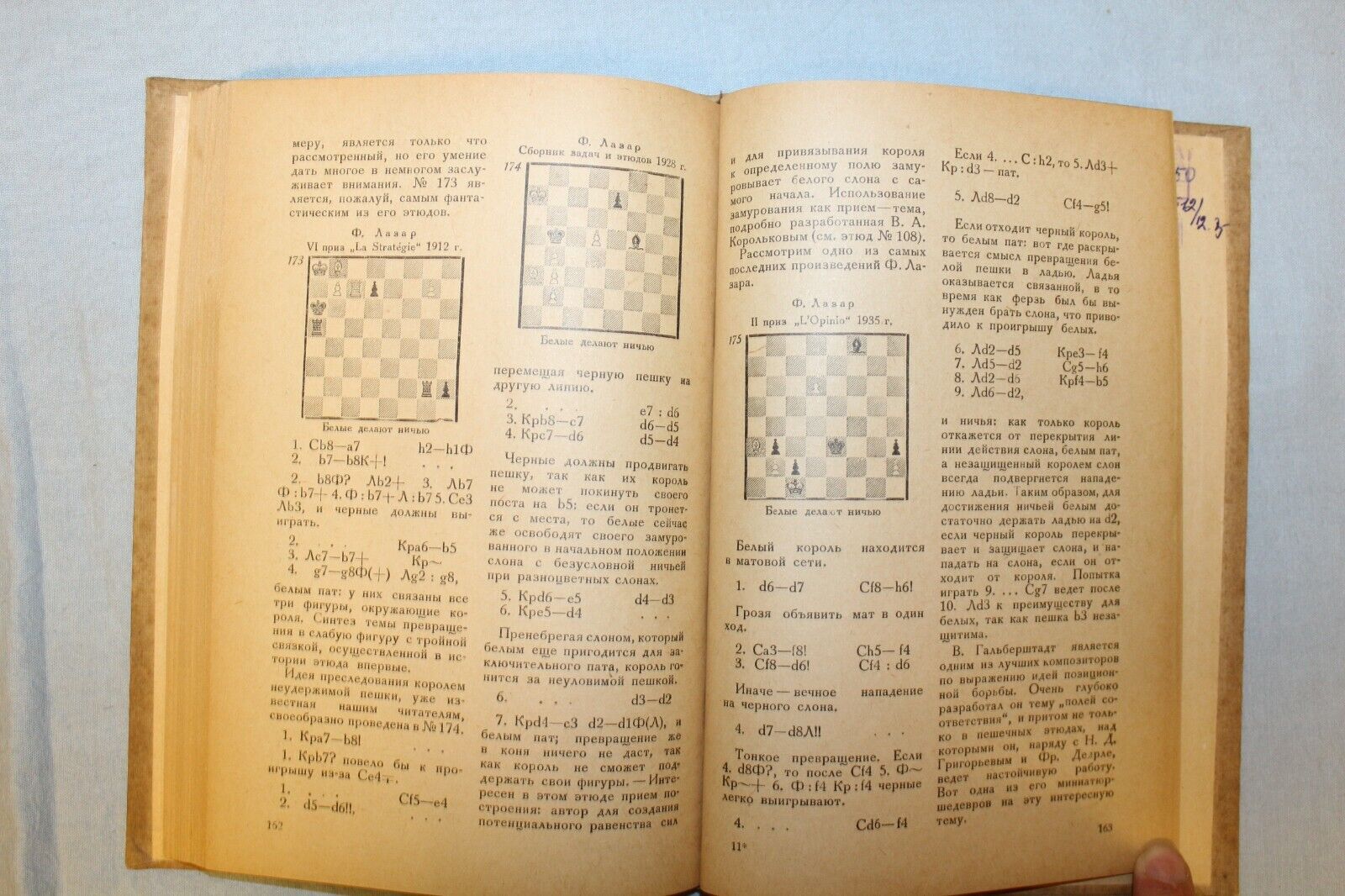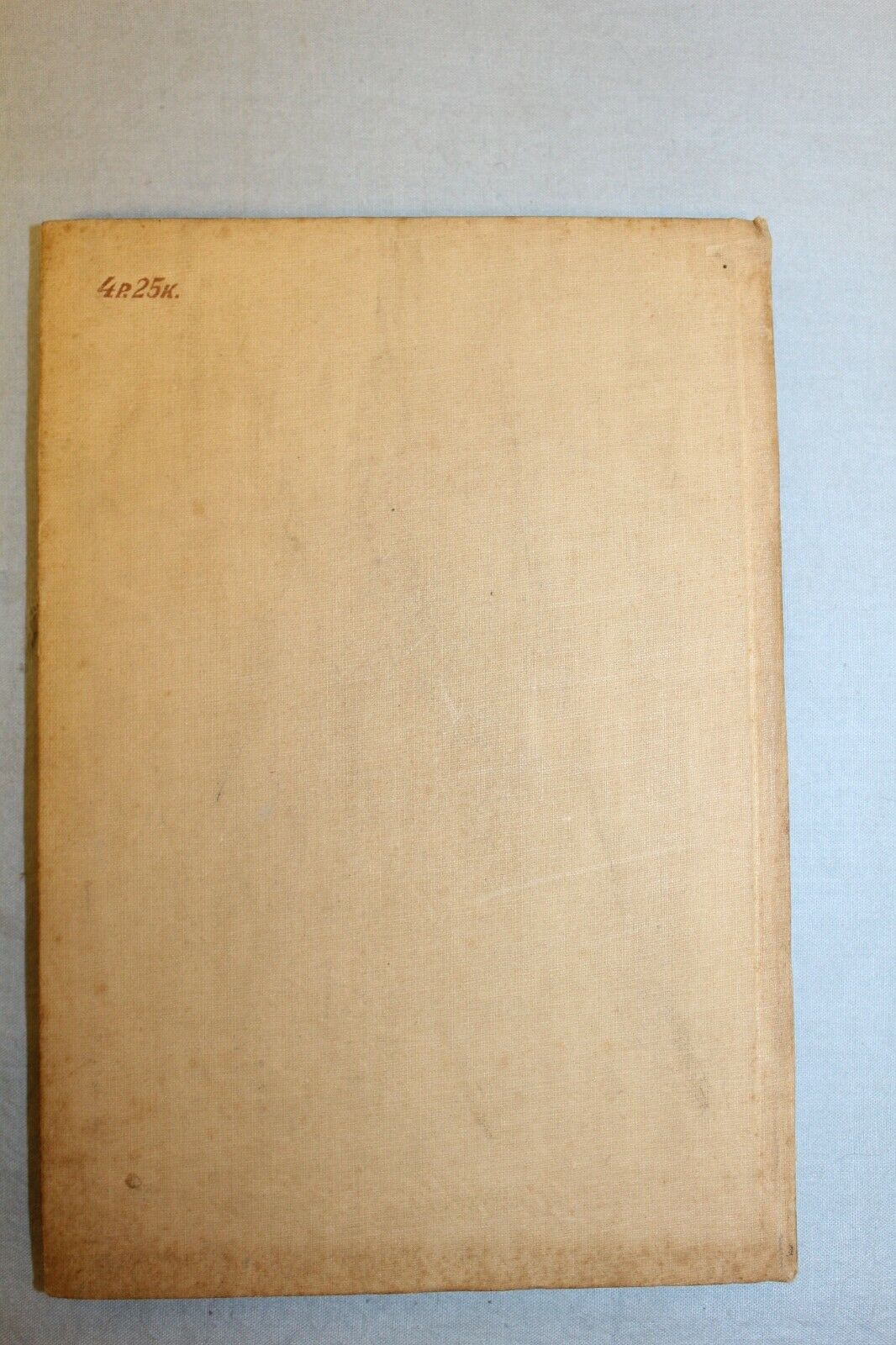Soviet Chess Book: A. Gerbstman. Modern Chess Endgame Study. 1937
Description:
Author: A. Gerbstman Title: Modern Chess Endgame Study Published: OGIZ Phizkultura I Turizm, 1937 Binding: Hardback Language: Russian Pages: 186 The book "Modern Chess Endgame Study" contains 200 selected works of Soviet and foreign etudes, published in the last few years. The book aims to give a number of creative sketches of the most prominent etude composers of our time and to acquaint wide chess circles with the main ideological lines of the chess etude of our days. For the convenience of presentation, the material in the book is not in chronological order: first, we are talking about the founders of modern etude creativity: Horvitz and Kling, Berger, Troitsky, Rink, V. and M. Platov and Kubbel; then the chess etude of the Soviet era is covered; finally, the most significant phenomena of etude life abroad are touched upon. Comments on etudes are given the most popular, emphasizing, along with specific etude moments, and moments associated with practical play.
-
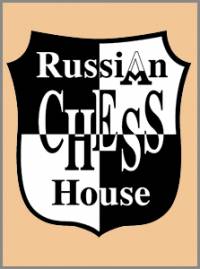 The life of a chess player in the system. Memories of the grandmaster
Author:
The life of a chess player in the system. Memories of the grandmaster
Author:
Averbah 45.00 $ -
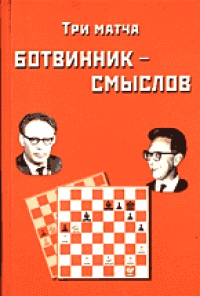 Три матча Ботвинник-Смыслов
Author:
Три матча Ботвинник-Смыслов
Author:
Botvinnik 45.00 $ -
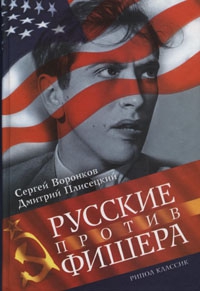 Russians vs Fisher
Author:
Russians vs Fisher
Author:
Voronkov 65.00 $ -
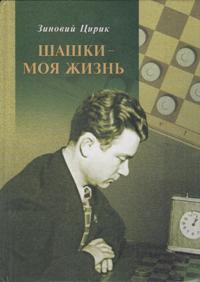 Checkers is my life
Author:
Checkers is my life
Author:
Ciric 87.50 $ -
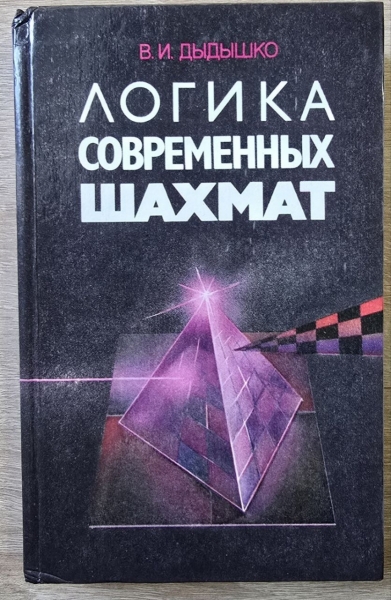 The logic of modern chess
Author:
The logic of modern chess
Author:
Dydyshko 72.50 $ -
 Siegbert Tarrasch. The Queen
Author:
Siegbert Tarrasch. The Queen
Author:
Tarrash 72.50 $ -
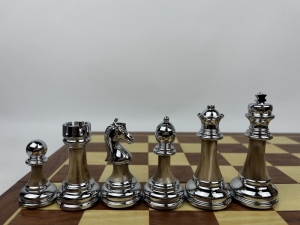 High quality acrylic metal heavy chess pieces with wooden board
202.50 $
High quality acrylic metal heavy chess pieces with wooden board
202.50 $
-
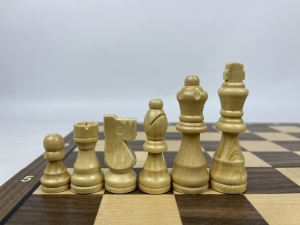 Wooden magnetic Staunton chess with a lock (silver)
56.25 $
Wooden magnetic Staunton chess with a lock (silver)
56.25 $
-
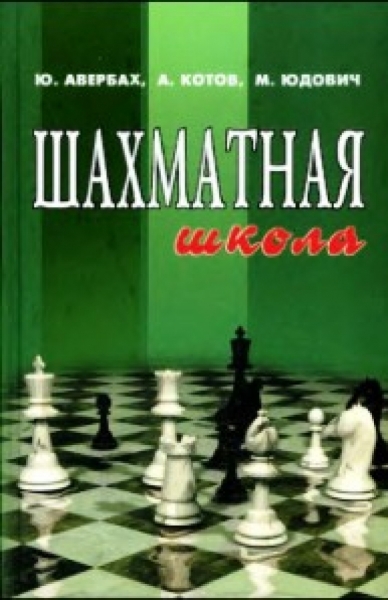 Chess school
Author:
Chess school
Author:
Averbah 15.00 $ -
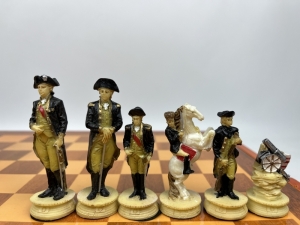 The chess set of The Chessmen. US war - Great Britain
325.00 $
The chess set of The Chessmen. US war - Great Britain
325.00 $
 Русский
Русский  Английский
Английский 
